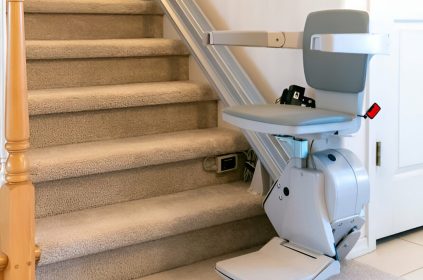Choosing the right senior living option for yourself or a loved one involves understanding the different levels of care available. From independent living to skilled nursing facilities, each level of care caters to specific needs and preferences. In this article, we will explore the various levels of care in senior living in simple terms to help you make informed decisions.
Independent Living
Independent living is ideal for seniors who are active and able to live on their own but desire a maintenance-free lifestyle. Residents in independent living communities typically have their own private apartments or cottages and can enjoy amenities, social activities, and the option for meal plans while having the freedom to come and go as they please.
Assisted Living
Assisted living is designed for seniors who require some assistance with activities of daily living, such as bathing, dressing, medication management, and meal preparation. Residents in assisted living communities benefit from 24-hour support while maintaining a level of independence. The facilities often offer communal dining, housekeeping, and various social and recreational activities.
Memory Care
Memory care is a specialized form of long-term care tailored to individuals with Alzheimer’s disease, dementia, or other cognitive impairments. These facilities provide a secure and structured environment with trained staff who are experienced in addressing the unique needs and challenges of individuals with memory loss.
Skilled Nursing Facilities
Skilled nursing facilities, also known as nursing homes, offer the highest level of care for seniors with complex medical needs or those recovering from surgery or illness. These facilities provide around-the-clock nursing care, medication management, rehabilitation services, and assistance with activities of daily living. Skilled nursing facilities are equipped to handle chronic conditions and disabilities that require ongoing medical supervision.
Continuing Care Retirement Communities (CCRCs)
CCRCs offer a full continuum of care, including independent living, assisted living, and skilled nursing care, allowing residents to transition between levels of care as their needs evolve. This provides a sense of security and stability, knowing that additional support is available within the same community without the need for relocation.
Conclusion
Understanding the different levels of care in senior living is essential for making well-informed decisions that align with individual needs and preferences. Whether it’s independent living, assisted living, memory care, skilled nursing facilities, or CCRCs, each level of care offers distinct services tailored to support seniors in various stages of life. By considering the unique requirements and lifestyle preferences, individuals and families can choose the most suitable senior living option for their specific circumstances.








